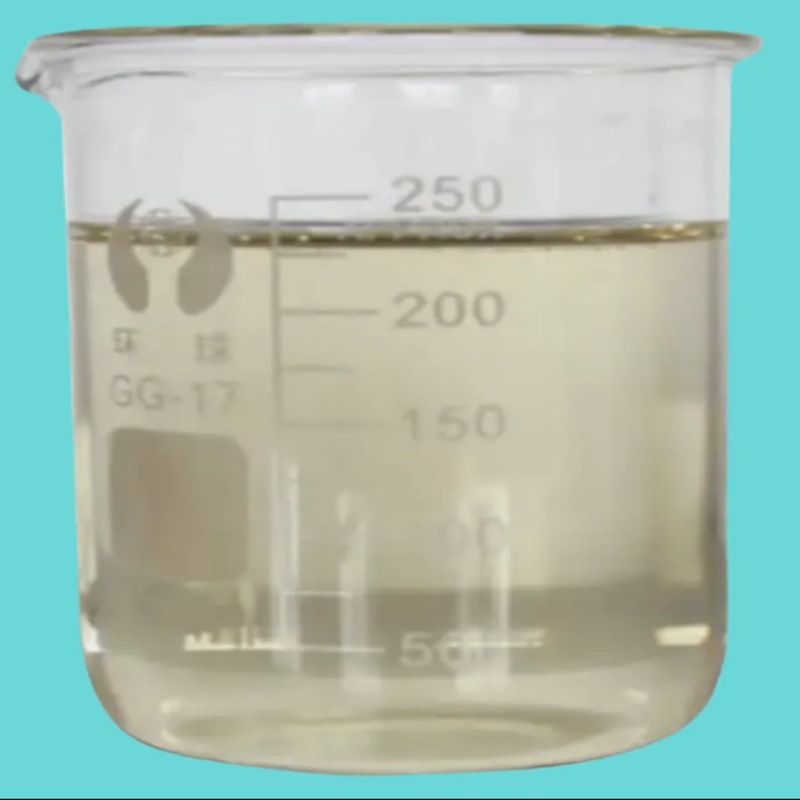-
Categories
-
Pharmaceutical Intermediates
-
Active Pharmaceutical Ingredients
-
Food Additives
- Industrial Coatings
- Agrochemicals
- Dyes and Pigments
- Surfactant
- Flavors and Fragrances
- Chemical Reagents
- Catalyst and Auxiliary
- Natural Products
- Inorganic Chemistry
-
Organic Chemistry
-
Biochemical Engineering
- Analytical Chemistry
-
Cosmetic Ingredient
- Water Treatment Chemical
-
Pharmaceutical Intermediates
Promotion
ECHEMI Mall
Wholesale
Weekly Price
Exhibition
News
-
Trade Service
Nowadays, science and technology are developing rapidly, and new scientific research results are launched every year
.
Among these ten technologies, covering environmental protection, medical treatment, intelligent AI, information transmission, energy and many other aspects, biodegradable plastics, as a new type of plastics of great significance to environmental protection, are attracting the attention of scientists around the world
.
Because biodegradable plastics are still quite different from standard plastics in terms of strength and visual characteristics, especially when exposed to water, their performance is far less than our commonly used petrochemical plastics, and due to cost constraints, biodegradable plastics have not yet been widely used
.
Not long ago, China's Shanxi Biomass New Materials Industry Research Institute and R&D Industrialization Public Service Platform were officially launched.
It is reported that the institute has made great breakthroughs in straw biorefining, manufacturing and research and development of new environmental protection materials.
The biorefinery invested and constructed by Yuanping Economic and Technological Development Zone is under construction, and the institute relies on biorefinery technology to extract cellulose from plants and realize the exploration of new biodegradable materials
.
What is cellulose? In fact, they can usually be obtained from agricultural by-products and waste wood.
They are the main components of plant cell walls and are organic polymers that are widely present on the earth
.
Scientists currently use ionic liquids and some genetically engineered enzymes to extract cellulose from plants.
For example, Chrysalix Technologies has developed a technology that uses low-cost ionic liquids to separate cellulose and lignin from the principle.
MetGen Oy of Finland The company is committed to the research of genetically engineered enzyme decomposition technology
.
Thanks to the improvement of cellulose separation technology, the performance of biodegradable plastics has been improved, and the utilization of land and water resources in the extraction of cellulose has also been greatly saved
.
And we must also see that under the "plastic restriction order", the use of traditional plastic products will be greatly affected, especially disposable non-degradable plastic products, which have been listed as key supervision objects in many regions of our country
.
According to statistics, from 21,000 tons in 2012 to 42,000 tons in 2018, the demand for biodegradable plastics in China has maintained a high and stable growth trend
.
At the same time, the number of domestic enterprises engaged in related production has gradually increased.
In addition to providing national support for the upgrading of raw material processing and extraction processes, relevant departments are also committed to improving relevant testing standards and product standards, and promoting relevant enterprises and scientific research institutions to develop more ideal molding process equipment
.







